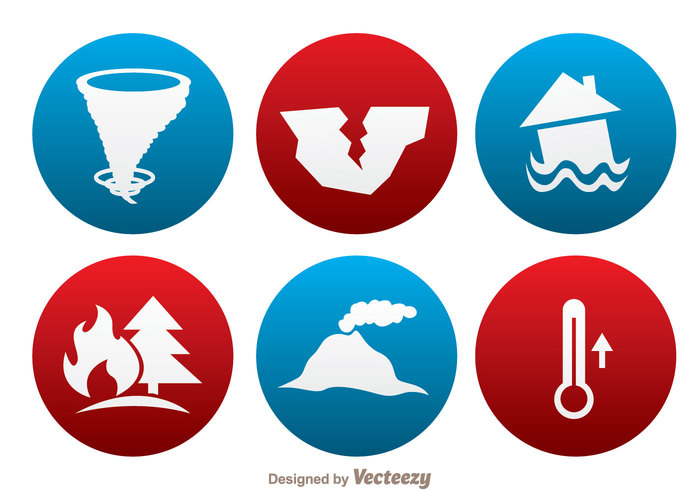Iran is one of the most disaster-prone countries in the world and at risk of a wide range of natural calamities such as earthquakes, floods and drought.
It should be recalled that exactly 13 years ago on December 26, 2003, a devastating earthquake measuring 6.5 on the Richter scale shook the cities of Bam and Baravat in Kerman Province.
“As a result of the disaster 26,000 people died, 10,000 became homeless, 30,000 were disabled, and nearly 2,000 children became orphans, while almost double that number lost one parent, mother or father,” said Health Minister Hassan Qazizadeh Hashemi.
“During the last decade, natural disasters have claimed the lives of 700,000 people across the country,” the official said, speaking on the sidelines of the opening ceremony of four new aerial emergency stations at the ministry’s Imam Javad Conference Hall on Sunday, IRNA reported.
According to the Iranian Red Crescent Society (IRCS) natural and man-made disasters cost Iran over 7% of GDP (which is about $400 billion).
“The figure indicates that the country is still not fully prepared and equipped to deal with natural calamities.”
With the aim to strengthen emergency response in all areas, four new aerial stations have been established in Zanjan, Alborz, Yazd, and Sistan-Baluchistan provinces, bringing the total number of such stations to 25.
“But we still have long way to go to prepare all the cities to deal effectively with natural disasters and relevant organizations should cooperate to achieve the goal,” Hashemi added.
“The provinces of Alborz and Qazvin had only one common station earlier and was not adequate to meet the contingency needs of the two provinces simultaneously,” said Mehrdad Babaei, head of the Alborz Province Emergency Center.
National Day for Disaster Reduction
After the killer quake in Bam, the National Day for Disaster Reduction is held every year on December 26, to highlight how people and related organizations can take safeguards against exposure to disasters, and raise awareness on contingency preparation.
Ahmad Sadeqi, head of Tehran Crisis Management Organization pointed to the fact that Tehran will not be able to withstand an earthquake of above six magnitude on the Richter scale. “The major faults of Tehran can produce 7.5 magnitude quakes.”
Renovation of the capital’s distressed neighborhoods is a costly and time-consuming process. “There are 205,000 distressed residential units in Tehran (in which 15% of the city residents live) in need of renovation.”
According to official figures, at present around 20 million Iranians live in 2,700 distressed neighborhoods in the country.
IRCS Door-to-Door Program
The IRCS has planned to conduct a door-to-door program to train people in emergency response preparedness. This will prepare households for precautionary action and readiness if and when natural disaster strikes, and help boost national resilience against such incidents.
The program is currently being formulated, and in cooperation with other competent organizations will cover all Iranian families through short, practical, and simple teaching on how to respond to a natural emergency.
It is set to be piloted in several provinces in the next fiscal year that starts in March, and will be reviewed for nation-wide implementation.


